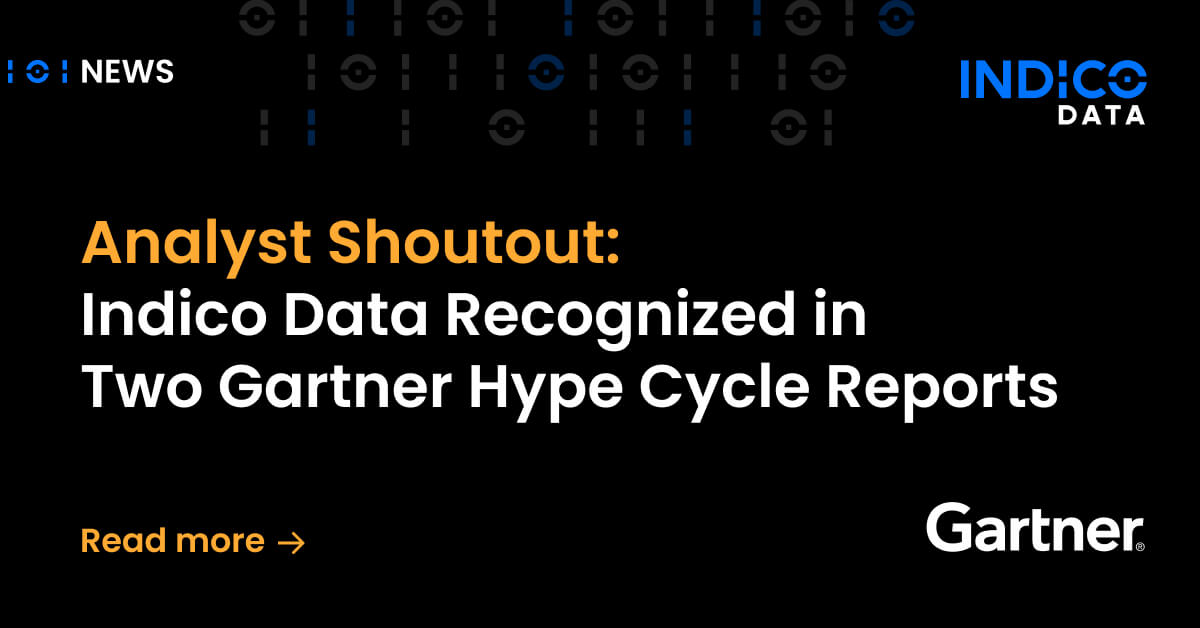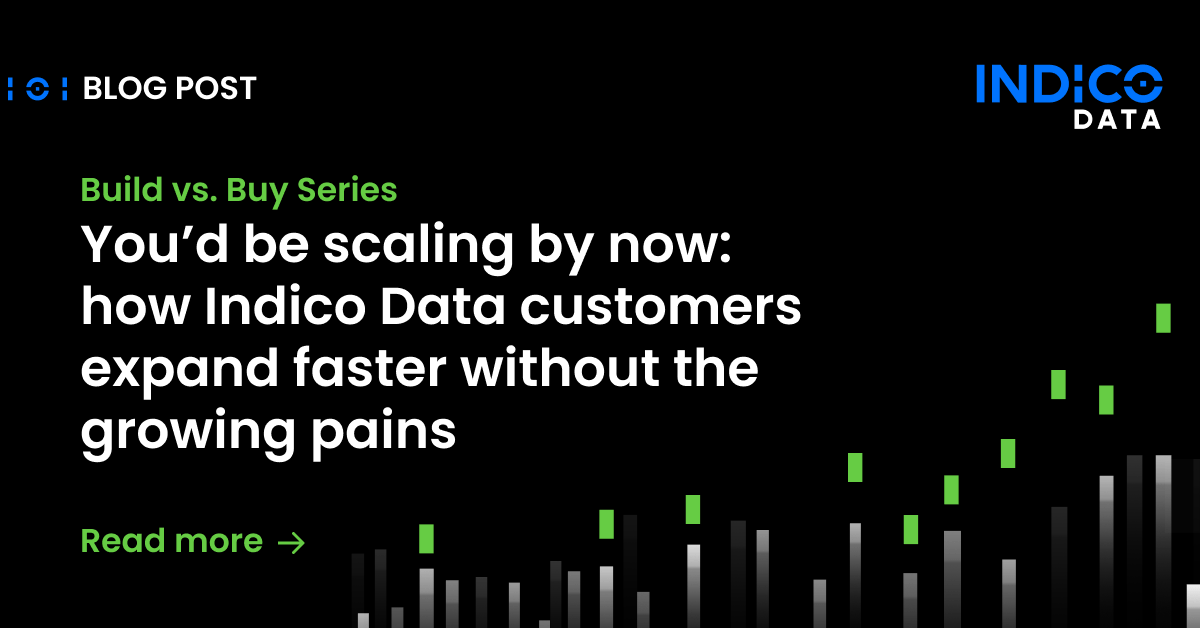Accurate insurance risk assessment is not just important—it’s essential. Underwriters need to ensure that the premiums charged align with the potential risk presented by a client, a process that demands precision and comprehensive data analysis. Yet, as the amount of data available to insurers continues to grow, particularly in the form of unstructured documents, traditional methods of risk assessment can’t keep up. Intelligent Document Processing (IDP) offers a transformative solution, providing underwriters with the tools they need to enhance the accuracy of their risk evaluations while simultaneously improving efficiency.
The need for improved risk assessment tools
Underwriting involves evaluating a wide range of data points to determine the likelihood of a claim and the potential cost associated with it. This data often comes from diverse sources, including historical claims, legal documents, contracts, and even handwritten notes. Unstructured data, which is not organized in a predefined manner, poses a particular challenge in this context. Traditional data processing tools, which rely on structured data, are often inadequate for analyzing these kinds of documents. This limitation can lead to missed risks, inaccurate assessments, and ultimately, financial losses.
Intelligent Document Processing addresses these challenges by combining advanced technologies such as artificial intelligence (AI), machine learning, and natural language processing (NLP). These technologies enable IDP to process, interpret, and extract meaningful data from unstructured documents. The result is a more accurate, efficient, and thorough risk assessment process.
Related content: Risk assessment redefined: The role of automation in insurance underwriting
How IDP enhances risk evaluations
If implemented properly, IDP can help insurance agencies improve risk assessment significantly. By automating the extraction and analysis of data from unstructured documents, IDP systems reduce the likelihood of human error and ensure that all relevant information is considered. This technology is particularly useful in scenarios where large volumes of complex documents need to be processed quickly.
For example, IDP can analyze a contract to identify specific clauses that may indicate a higher level of risk, such as exclusions or conditions that could limit coverage. Similarly, historical claims data can be mined for patterns that suggest a higher probability of future claims. By bringing these insights to the forefront, underwriters can make more informed decisions, ultimately leading to more accurate risk assessments.
The complexity and volume of unstructured documents, particularly in areas like mortgage titles and deeds, pose significant risks if not handled correctly. The accuracy of risk assessment hinges on the ability to process and analyze this data efficiently. IDP enables insurance companies to manage these complexities by offering tools that can swiftly and accurately parse through large datasets, identify key risk factors, and ensure that all relevant information is considered in the underwriting process.
Moreover, IDP’s ability to integrate with existing systems means that underwriters can access and analyze data from multiple sources in a unified manner. This holistic approach to data management not only enhances the accuracy of individual risk assessments but also improves the overall reliability of the underwriting process. By ensuring that no critical data points are overlooked, IDP helps underwriters make more informed decisions, reducing the likelihood of unexpected losses.
Case studies in improved risk assessment
Many companies worldwide have already implemented IDP into their existing systems and seen significant return on investment, both in productivity and in risk evaluation.
1. Cushman & Wakefield: a streamlined approach to deal management
Cushman & Wakefield, a global commercial real estate firm, faced challenges in processing the vast amount of unstructured documents involved in deal management. By implementing IDP, the company was able to build classification and extraction models that significantly improved the accuracy of their data processing. This, in turn, led to more precise risk assessments in their underwriting activities, as the underwriters could rely on structured data generated by IDP to make more informed decisions. They also accelerated their deal flow by 70% and saved 16,000 hours of manual processing time. As a result, Cushman & Wakefield not only improved their operational efficiency but also enhanced their ability to manage and mitigate risks across their portfolio.
2. Top-ten US bank: mitigating compliance risks
A leading US bank faced a daunting challenge in processing millions of documents, including handwritten signature cards, as part of a regulatory compliance project. The sheer volume of data itself posed a challenge to risk assessment, making accurate and efficient evaluation difficult with the systems they had in place at the time.
The bank implemented Indico’s IDP system to automate the extraction and analysis of these documents, which reduced the time required for data processing by 85%. By ensuring that all relevant data was accurately captured and analyzed, IDP helped the bank mitigate compliance risks associated with incomplete or inaccurate information. This not only improved the bank’s risk management capabilities but also ensured that it remained in compliance with stringent regulatory requirements.
3. Cognizant’s client: overcoming the challenges of mortgage document processing
Cognizant’s client, a large real estate data provider, needed to process millions of mortgage title and deed documents from various US counties, each with its own format and structure. The complexity and volume of these documents posed a significant risk in terms of data accuracy and processing efficiency. By adopting Indico’s IDP solutions, the client was able to automate the extraction of critical data fields from these documents, improving the accuracy of their risk assessments while achieving a 40% reduction in processing costs. The ability to process and analyze this data more efficiently allowed the client to make more informed decisions and reduce the risk associated with data discrepancies.
Related content: Enhancing underwriting processes with intelligent document processing
The future of risk assessment with IDP
As the insurance industry continues to evolve, the adoption of Intelligent Document Processing is poised to play an increasingly important role in underwriting. By enhancing the accuracy of risk assessments and reducing operational costs, IDP offers a powerful tool for insurers looking to improve their underwriting processes. As seen in the above Indico case studies IDP is not just a theoretical solution—it is a proven technology that delivers tangible results.
IDP allows underwriters to make better-informed decisions, reducing the likelihood of costly errors and enhancing the overall efficiency of the underwriting process. Looking forward, the integration of IDP into the underwriting process will likely become the standard for insurers who wish to stay competitive in an increasingly data-driven industry. By adopting this technology, insurers can ensure that they are not only keeping pace with technological advancements but also fundamentally improving the way they assess and manage risk.
Indico is ready to help your company improve its risk assessment capabilities through our Intelligent Intake IDP solution. Schedule a demo today to see what we can do for your insurance company.
Subscribe to our LinkedIn newsletter.
Frequently asked questions
- How does Intelligent Document Processing (IDP) specifically handle handwritten or poorly scanned documents? The blog mentions that IDP can process unstructured documents but doesn’t specify how it deals with challenging formats like handwritten or poorly scanned documents. IDP technologies, particularly those incorporating advanced OCR (Optical Character Recognition) and machine learning algorithms, are designed to recognize and interpret handwritten text and improve image quality in scanned documents. These systems learn to differentiate between various handwriting styles and correct distortions, ensuring that critical data is captured accurately even from suboptimal document conditions.
- What are the potential challenges or limitations of implementing IDP in an insurance company? While the blog emphasizes the benefits of IDP, it doesn’t discuss potential challenges or limitations. Implementing IDP can involve significant upfront costs, integration with existing systems, and training employees to use the new technology. Additionally, IDP systems may struggle with highly complex documents that contain unusual layouts or languages not supported by the system, requiring ongoing customization and updates.
- How does IDP compare to other document processing technologies in terms of cost andefficiency? The blog highlights IDP’s advantages but doesn’t compare it to other technologies. IDP is generally more efficient and accurate than traditional document processing methods, particularly when dealing with unstructured or semi-structured data. While it may have higher initial costs, the long-term savings in time and reduction of errors often result in a favorable return on investment. However, IDP may be more expensive than simpler automated systems that only handle structured data, so its cost-effectiveness depends on the complexity and volume of the documents being processed.


